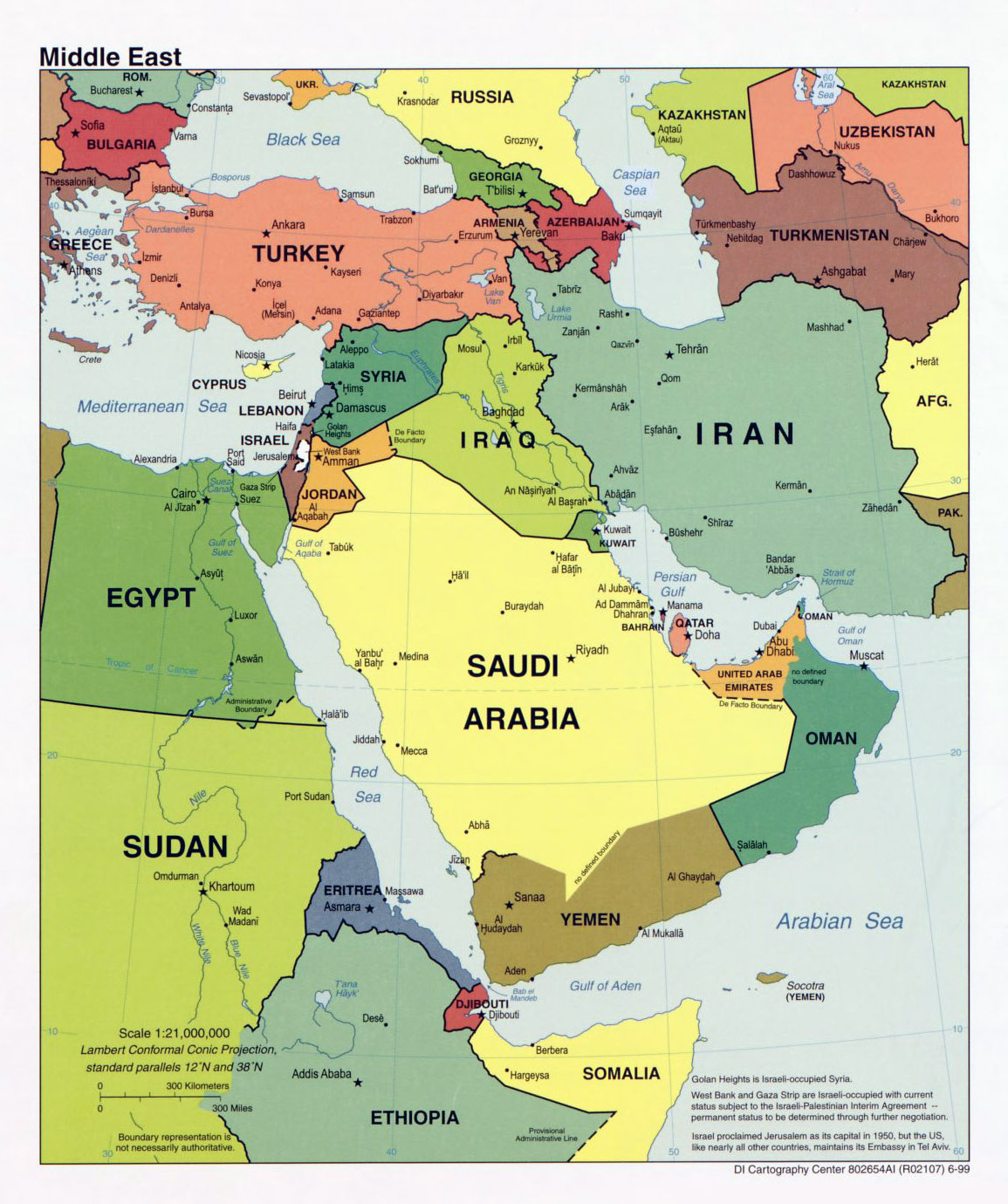

This map is interesting to me because I think it says something of the way that much of the Western world views the Middle East, in terms of barbaric, belligerent ethnic groups and its strategic and personal interest in the region’s resources. It depicts the modern Middle East as a crisscross of major and secondary conflicts and attempts to outline the various ethnic groups in each country.

This image was taken from the New York Times Jissue. It is thus interesting to view this map in light of al-Idrisi’s religion (Islam), his background (raised in the Almoravid caliphate of the Maghrib), his purpose (producing information for a Norman ruler living in an island kingdom in southern Europe), and the historical circumstances (Second Crusade against the Byzantine Empire).Īnjana: Image Source: The New York Times Al-Idrisi was highly experienced as a traveler and very well-educated as a geographer and cartographer. The main features of the map are rivers, islands, seas, mountain ranges, and trade routes also of note is the huge size of Africa (especially the north coast… including Morocco) in comparison to the other lands. The center of the Muslim world (Mecca, Medina, and Jerusalem) is perceived and portrayed as literally being the center of the world. This map fascinates me because in our Western education we are conditioned to view the map in a specific manner, with north at the top here, south is at the top of the map (can you guys pick out the Arabian Peninsula, Nile River, Indian Ocean, Persian Gulf, and the Mediterranean?). 1154 CE by the Moroccan scholar Muhammad al-Idrisi (who lived 1100-1166 CE) for his patron, King Roger II of Sicily. This 12th century map shows the “Middle East,” Africa, and some parts of Central/Eastern Asia and Europe. Most importantly, the map expresses the Colonel’s ideals regarding the “Middle East,” namely that the outside world should still be in charge of its shaping. The map was presented at a NATO gathering and met with animosity, particularly from the present Turkish officers ( ). That questionable formation is mirrored by this map's seemingly ridiculous 'proposals,' and the region's confused and violent past and present can be seen in the various shifts in borders that are simply attempts to make all parties (or at least the one’s deemed important) happy. The history of this region tells us that the borders of the countries were mainly drawn up by foreign, sometimes colonial, powers––Iraq itself was created in the uniting of three independent and rival states, and the Sunnis (at that time a minority) were put in charge. This image is representative of both the geographical and political situations in the "Middle East," highlighting the outside influence of the rest of the world. It is a completely fictional and not even, as of yet, a serious proposal. This image (drawn up by a retired military Colonel, Ralph Peters) was originally posted on the American Armed Forces website. Please make sure that your image size do not exceed 700 pixels in width and provide an image credit (reference to the source of your image).ĭue: January 30, Wednesday: to be posted on this page below. The goal is to challenge the idea of a map as a representation of a geographical reality. anything that is some form of a cartographic representation of the Middle East or a part of it. This can be a contemporary map, a sattelite image, a historical map, a city plan etc.

Using the web-image search engines or library resources, locate a curious map of the Middle East and write a paragraph about it.

Maps are territories: they give away the mentalities, ideologies of their (map)makers.


 0 kommentar(er)
0 kommentar(er)
